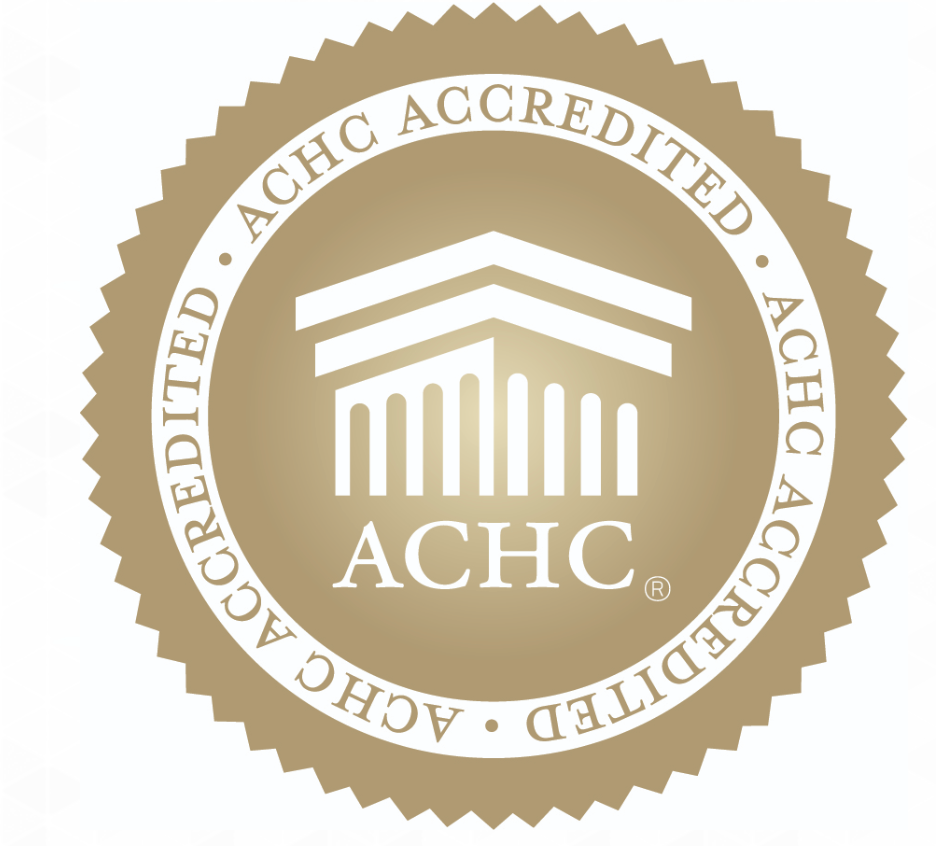Arthritis and Pain
May 14, 2021
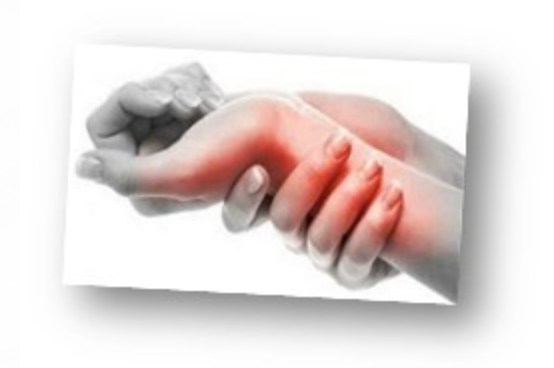
Each year, May is recognized as National Arthritis Awareness Month. More than 54 million Americans have been diagnosed with arthritis making it the number one cause of disability in the country. This equates to about 1 in every 5 adults, 300,000 children and countless families who live and cope with arthritis pain daily.
Managing and dealing with pain is often the hardest part of having arthritis. It impacts mood, disturbs sleep patterns, and forces us to modify our behaviors as we interact with the world around us. However, you can learn to manage pain conservatively and limit its impact on your daily life.
Understanding Arthritis Pain
Pain from arthritis is caused by factors such as inflammation, damage to joint tissues, and pinched or damaged nerves which amplify pain. People often report physical changes as well as emotional stress, fatigue, and even depression; all of which can add to your pain. Whether your pain is acute or chronic in nature, there are several empowering ways to deal with it if you take action.
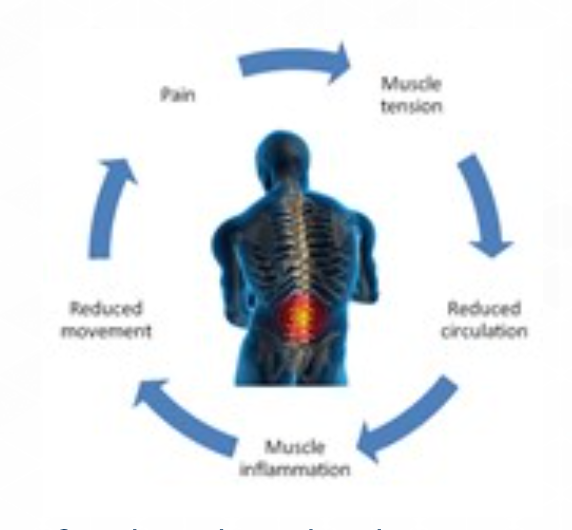
Acute pain signals you to act but it can often be relieved with various approaches like hot and cold, rest and support, or medications. The kind of pain that accompanies arthritis can also be chronic, or long-lasting pain. Over time, chronic pain can become a nagging part of every day. Managing both types of pain is essential to improving your quality of life.
Interventions
Conservative interventions reduce the pain and stiffness of arthritis. Cold is great for joint flare ups related to overactivity. Cold packs offer relief while reducing inflammation. Heat is also effective as the warmth relaxes muscles, soothes achy joints, and stimulates blood flow.
Another reliable remedy for pain is Transcutaneous Electrical Nerve Stimulation. TENS as it is often called, involves a small device that delivers mild electric pulses to nerves to help relieve pain. TENS may feel like a tingling, vibrating, or tapping sensation, but it works by interrupting your bodies pain signals before they reach your brain.
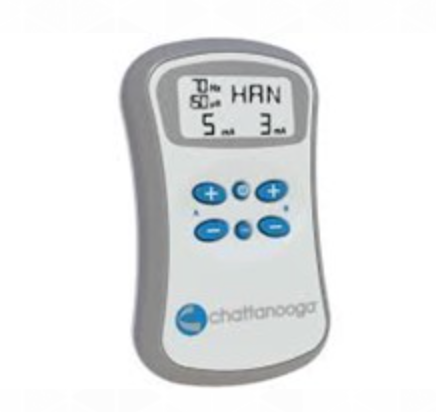
Other Conservative Pain Relief Interventions
Massage - Physically massaging the area brings warmth and relaxation. You can massage your own muscles with good effect but going to a physical therapist, occupational therapist, or professional massage therapist is even better.
Biofeedback - In some settings, biofeedback is also used as sensitive electrical equipment can help you become more aware of your body’s reaction to stress and pain. If you practice relaxation while using biofeedback, you can learn to control some of your body’s responses to pain.
Ultrasound - Ultrasound is also used by various healthcare professionals as the high-energy sound waves can bring comfort to painful joints and muscles.
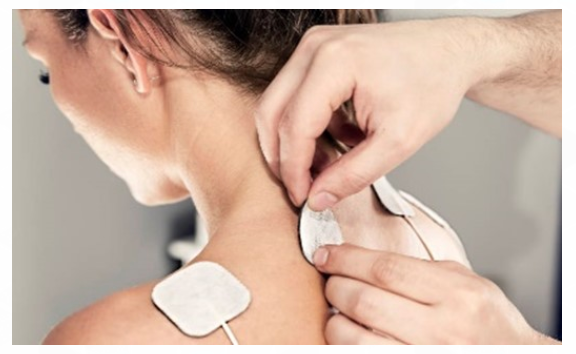
Protect your joints and manage activity levels
When it comes to your daily routine, it is critically important to manage your activity level while protecting your joints. By using your joints wisely, or protecting them with braces when necessary, you can reduce stress on painful joints limiting pain before it starts. Proper education on techniques for bending, lifting, and reaching will help preserve your joints. It also means learning to pace yourself and finding the right equipment to help you complete a task safely without pain. Too much or too little movement can increase your discomfort.
Assistive devices help reduce joint stress allowing you to complete daily tasks independently. Items like door knob grippers, can ring openers and reachers are great for helping you complete tasks with less difficulty and pain.
We Keep you Moving Forward!
If your arthritis is getting the better of you, or if you just need a few tips on energy conservation we are here to help! MedCOR offers a wide range of services and clinical support to help you manage your arthritis and pain. Our expertly trained and certified care coordinators are here to lend a hand, share some advice, and guide you to the right products to fit your individual needs.
Additional Arthritis Tips
If sitting or resting for long periods, be sure to move or change positions often to prevent stiffness and pain.
Mix rest breaks into your activity, take breaks when you need them! That’s a great time to creach for theold pack or a heating pad. Try each to see what gives the best relief.
Asking for help, one of the biggest challenges that people report, is also a great strategy. It is understandable to want to do things independently when possible but if help is available, it can save you from over exertion and a painful flare up.
Keep Moving!
Staying active and participating in regular physical activity can also help you effectively manage pain. With the right exercises and carefully prescribed movement, you can improve your overall health and fitness as well as your arthritis symptoms. A physical therapist, occupational therapist or certified personal trainer can put together an exercise program appropriate for you. A mix of aerobic (endurance), muscle strengthening, and flexibility activities is a best practice. Aerobic activity boosts feel-good chemicals (endorphins), fights pain, and improves mood and sleep. Strength training helps stabilize joints, and flexibility exercises help maintain healthy joint range of motion.
We are here to lend a hand, share some advice, and guide you to the right products to fit your individual needs!
Contributed by:
Chris Krause, OT/L
Dir. of Operations and Business Development – MedCOR Professionals, Scarborough, Maine

